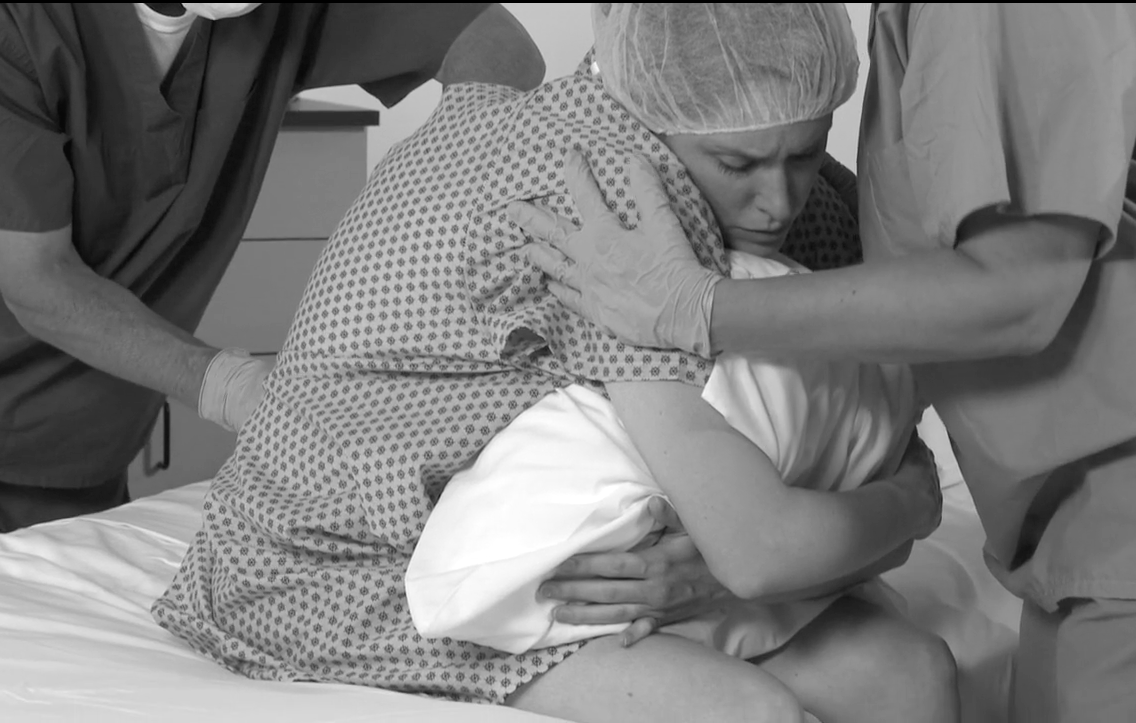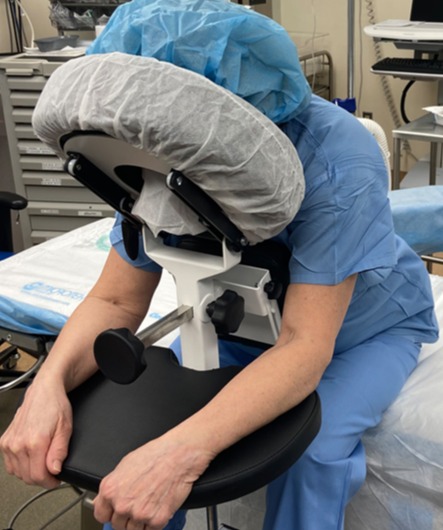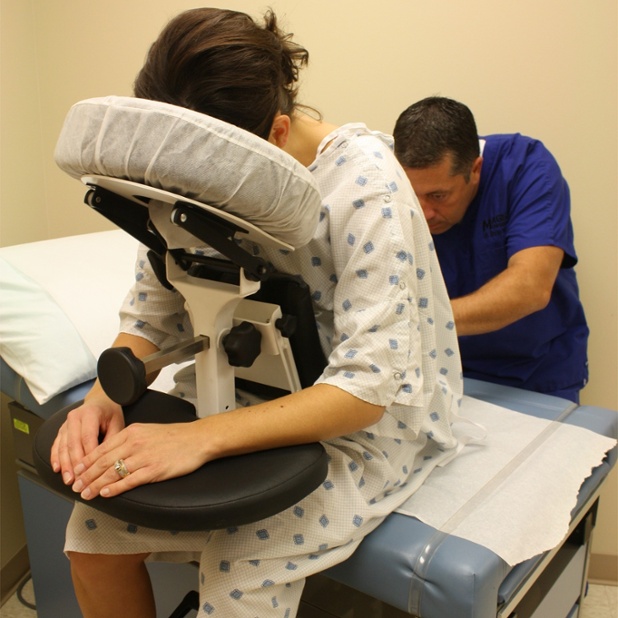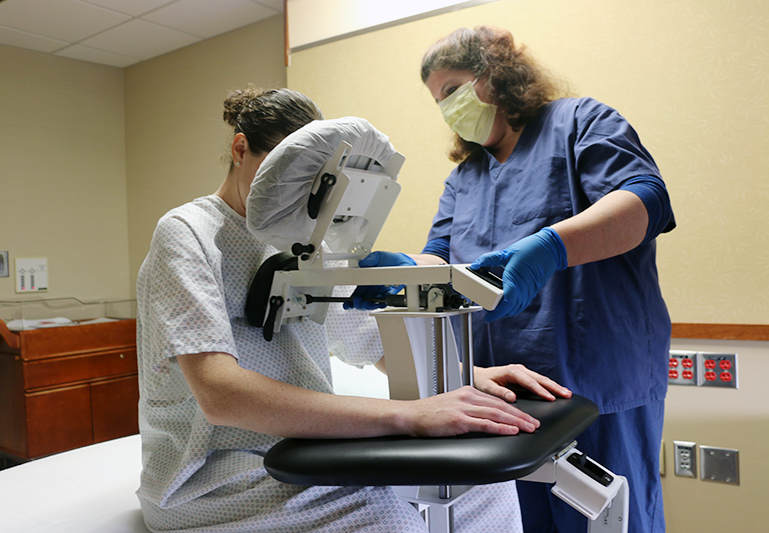This blog was curated from the SPH Medical article "Positioning Patients Safely with the EPD" published on November 30, 2020. Read the original blog here.
When it comes to positioning patients safely and reducing the possibility of injury to caregivers, the epidural positioning device helps to keep patients safer and reduces injury to caregivers and medical staff. Most widely used to position a patient for an epidural procedure, the EPD is successful in positioning patients safely for a variety of medical procedures and has many benefits for users and caregivers alike.
Manual epidural positioning is typically achieved with pillows and a chair or stool. A nurse or staff member would first place the patient’s feet on a chair or stool, and then insert pillows underneath the patient’s upper body as the patient supports his/her weight on the pillows. This method isn’t stable and secure as pillows can easily slide out of position, and the fixed height of the chair or stool is not ideal for all patients. In contrast, the epidural positioning device features a solid foundation that won’t move. It easily locks into position and offers adjustable foot platforms so that each patient can be secured in an ideal position for the procedure.

Photo via PHS Medical |
The first and most obvious benefit is the epidural positioning device works to properly position and support a patient for a successful procedure. In a traditional setting, the nurse or medical assistant had the responsibility to position the patient manually increasing the risk for injury or musculoskeletal disorders (MSDs). The National Institute of Health breaks down the risks of workplace injury to nurses who work on a Labor and Delivery unit. One of the known high-risk tasks for nurses identified by NIH is assisting with epidural procedures. The best way to reduce risk of injury is to either modify the task or implement engineering controls to remove the risk. The EPD provides your team with that engineering control and reduction of risks.
BENEFITS OF THE EPIDURAL POSITIONING DEVICE
ELIMINATES INJURY RISK
In preoperative settings, operating rooms, and throughout other areas of the hospital, nurses and caregivers manually position patients for epidural procedures. The typical scenario requires the caregiver to steadily hold a stool, table, and patient with their entire body throughout the procedure. This ensures the patient doesn’t move, resulting in patient injury.
Assisting the patient in holding a flexed spinal position puts the nurse or assistant in a risky position potentially leading to musculoskeletal injuries. In fact, hospital ergonomic teams have identified that awkward static holds performed on a regular basis can lead to musculoskeletal disorders in caregivers.
REDUCES RISK OF COMPLICATIONS
Given the unique, taxing nature of patient positioning during spinal blocks and epidural procedures, there is a high risk of complications. Without a reliable, ergonomic solution like an epidural positioning device, caregivers use their own body positioning to hold the patient securely. The patient, on the other hand, relies on pillows to maintain positioning. As pain sets in from the procedure, patients are likely to move involuntarily further increasing the risk of the procedure being compromised.

Photo via PHS Medical |
BEYOND THE EPIDURAL: EXPANDED USES FOR THE EPD
Manual handling results in inaccurate positioning and more risk for complications during the epidural procedure. Once the benefits of EPD were discovered by nursing staff and patients, its use expanded to support spinal blocks, lumbar puncture, and thoracentesis procedures. In addition, with the success of the EPD for childbirth assistance, anesthesiologists have utilized this device for different types of spinal blocks. A spinal block is spinal anesthesia that is used to numb the spine during certain procedures. The most common procedures for a spinal block include urinary tract, genital, and lower body procedures including total knee replacements.
The epidural positioning device has been employed in various types of medical procedures. Starting as a better way to position patients safely during an epidural procedure, the EPD has also recently gained traction for use in thoracentesis procedures as well. Since the thoracentesis procedure requires inserting a needle into the pleural space, the EPD is a much-appreciated tool. The patient positioning with this device allows for an open area between the lungs and the chest wall where the surgeon can remove excess fluid to allow the patient to breathe easier.
An epidural positioning device provides a solid foundation for patients. Proper positioning allows the caregiver to rely more on the device than their own body weight to hold the patient in the ideal position for the procedure. Overall, these benefits greatly reduce the risk of complications during epidurals and spinal blocks.




